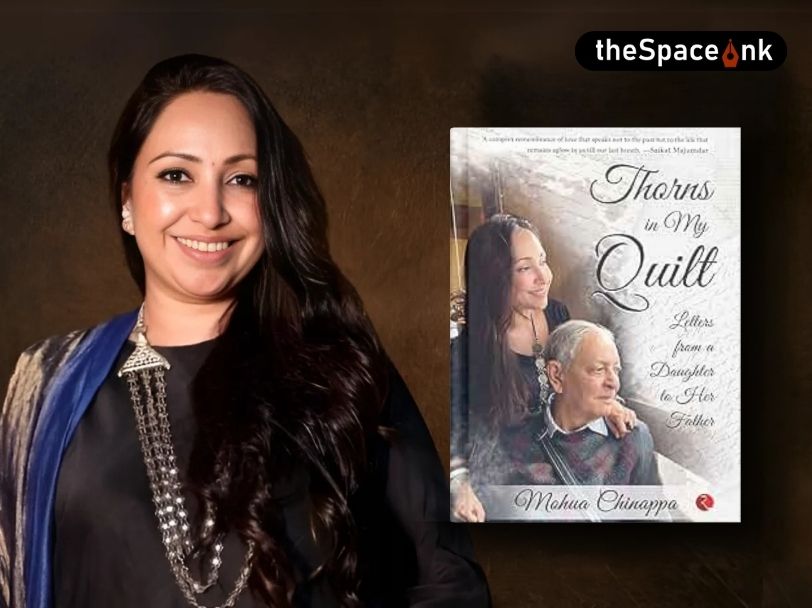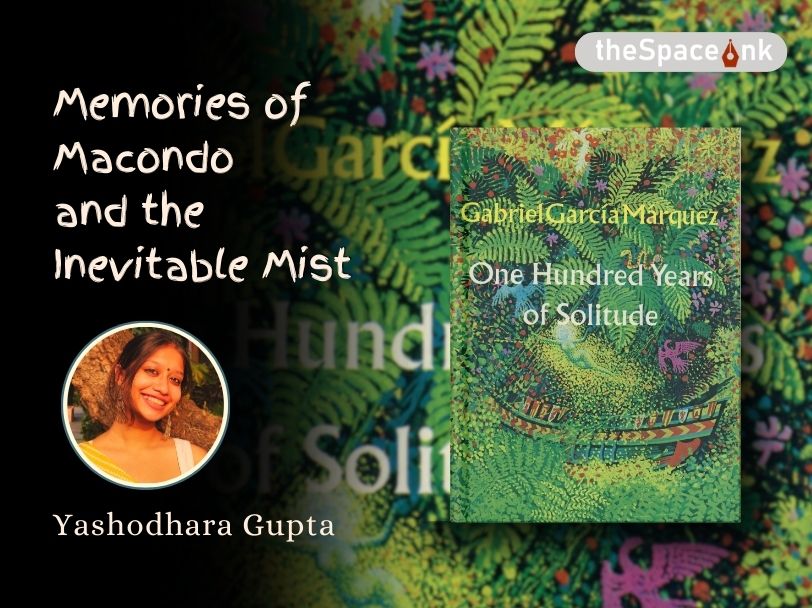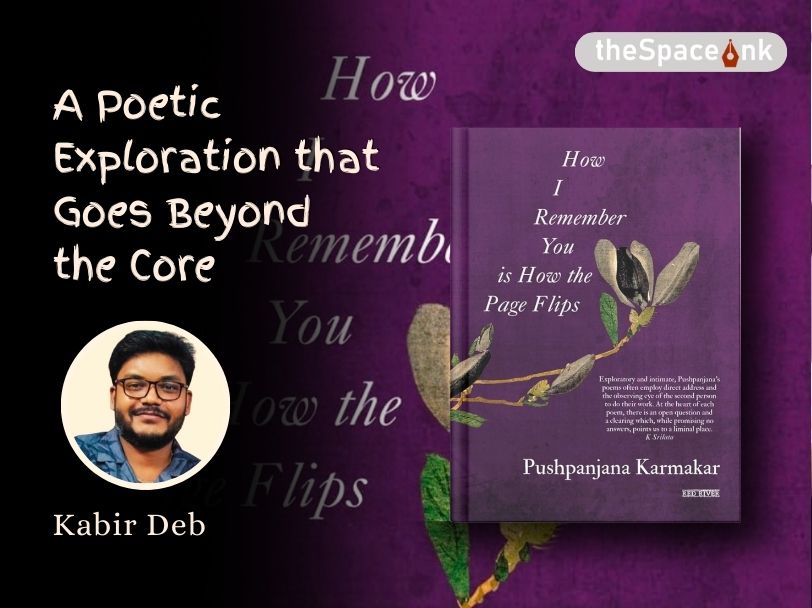‘The Last Courtesan: Writing My Mother’s Memoir’ is a gritty tale that Manish Gaekwad narrates about his mother’s life. Her memoir was recorded and written in 2020 – 2022. Rekha Devi died in February the following year. It must have been extremely challenging for Manish to write her story. Yet, I believe, this writing was necessary for him to come to terms with both his mother, himself and their fraught relationship.
It is a powerful story of survival against towering adds. The introduction provides a glimpse of harrowing it must have been for
Manish to write her story as told by her. The opening sentence states: “I have entertained the thought of killing my mother.” He goes on to explain, “…Of course, I don’t want to kill her……. Manish clearly had to wrestle with exposing “the pitiable story of any tawaif’s life.”

To see her for who she was, Manish had to remove himself from his
mother and her tawdry life. He did so for almost twenty years not “for guilt of association,” but he says, “to charter my own destiny.” In his ruthlessly unsentimental and hard-hitting style he shares – “We don’t share a typical mother-son relationship, there is no love lost…. We meet like strangers, trying to read the other as politely as possible… There is a definite wall between us.”
Through writing this book, Manish comes to see his mother anew. A
woman of extraordinary love, courage, and singular determination to survive in a very violent and harsh world with immense pride and integrity intact. In the ‘Afterword’ Manish is able to come full circle in his understanding and appreciation of her. “No one loved me like she did, and I fear I won’t be able to love anyone as much as I understand and love her now. What a beautiful, brave, and extraordinary woman!”

Rekha comes alive in the pages. One can hear her speak in her very
direct and no-frills way about her life. She draws the reader very adeptly into her world without sentimentality and with no apologies. She is fiercely independent and proud of how she adeptly dealt with the cards Life gave her.
Born in abject poverty in a small village in Maharashtra, “the sixth-born, the fierce one. The Durga who slayed the buffalo demon…” Rekha was a child bride at ten and at twelve or thirteen taken to Bowbazaar in Calcutta by her sister-in-law, who, along with her mother, trafficked girls.
Trafficked at such an early age, Rekha learned the ways of the world in the kotha. She realised her special talent for dancing and trained with various gurus knowing that her life would depend on her mastering this skill. “I had a “junoon” – a passion to do better in life, to succeed in my line of work. Her dance, a mix of kathak with Hindi film steps, was her ticket to a life of “freedom” after paying off her debt to Pushpa, her sister-in-law and trafficker.
In the kotha her dance steps, twirls, high energy, agility and her signature ability to bend backward and use her mouth to pick up notes that were showered upon her by her clients was greatly in demand. In time, Rekha was able to rent out her own room in the kotha and was intoxicated by the nasha of money. To earn and to dodge innumerable entrapments she fled Calcutta for a few heady years in Bombay.
Rekha always sought to learn and better herself and live by the strict rules of the traditional tawaif that sold entertainment as other artistes do, but not her body. She had many suitors and clients and describes many heady days through her days as a tawaif – the 5-star hotels, the glittering saris and the film sets of Bombay, where she played as an extra in many films.

Rekha guarded her independence fiercely and knew better than to trust the men in her life who were there with for short periods of time – mostly when the going was good. There were a few men who genuinely cared for her and gave her the izzat she demanded. There were many, especially the father of her son who she
“married”, who tormented her throughout her life and used his nominal fatherhood to extort money from her.
Her son, Manish, whose father never gave him his name nor provided any modicum of support, was her abiding love and driving force to make a better life for both of them. As there was no place for boys at a kotha – they mostly became pimps, goondas, addicts or useless men — she had the far sightedness and gumption to enrol Manish in an English-medium boarding school in Kurseong. In this ambition she also succeeded.

Manish, after many a stumble, has established himself as a journalist and a writer.
Through the ‘Last Courtesan’, the reader is introduced to the norms, rules, hierarchies, traditions, sisterhood, and jealousies in the kothas. violence, exploitation, extortion, and a fear always lurking beneath the glossy surface that erupts regularly. The lives of other women, their ambitions, their challenges and what happens to them when they age, as well as the intrigue, competition and the price women pay for “love” as tawaifs makes this book a gripping read.
I came away with a deep respect for this exceptional, fearless woman.
She had no backing and no education yet managed to survive in a very cruel and unforgiving world by her hard work, talent, guile, fearlessness and determination. At the very end of the book, when the system of kothas collapsed, Rekha found herself alone and living in poverty, wracked with pain, all the glitter stripped cruelly from her. It is a sad ending to the life of an exceptionally courageous and strong woman.
This story and Manish’s ability to tell it without judgement or “guilt by association,” makes the book memorable and exceptional in many ways. The ‘Last Courtesan’ is the ultimate testimony of a woman’s strength, ability, and irrepressible spirit. A very absorbing, inspiring, and moving read.
All images: Google
Jael Silliman, born in Kolkata, was educated at Wellesley College, Mass., Harvard University, University of Texas, Austin. She received her doctoral degree in international education at Columbia University. She has written extensively on gender and economic development, and women’s movements in the developing world. 'The Teak Almirah', 'Where Gods Reside: Sacred Places of Kolkata', 'Jewish Portraits, Indian Frames: Women's Narratives from a Diaspora of Hope' are some of her published works.








